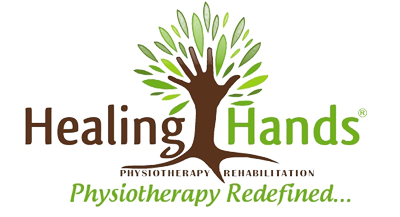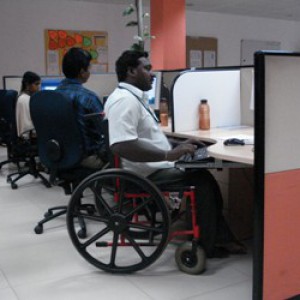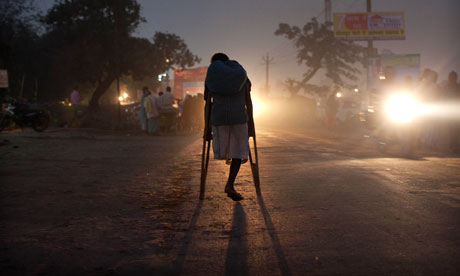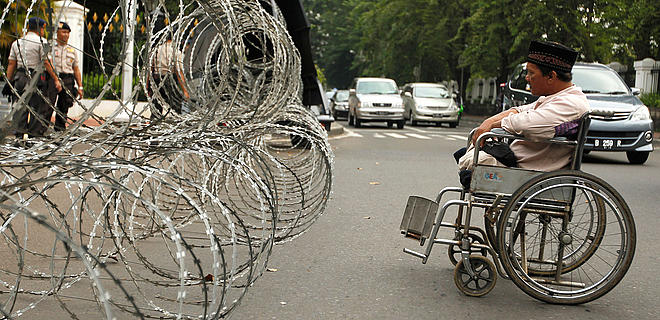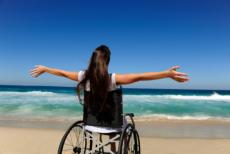Dr. Rishee Patel
Introduction:
As the world is changing, old concepts and attitude have to be changed, so as the roles for disabled persons. This paper is attempted to analyse such phenomenon and seek the efforts of all people to take up new roles.
Rehabilitation medicine has made great progress and become prevalent worldwide.
The meaning of rehabilitation has become narrower and narrower. Namely, when we talk of rehabilitation, more frequently than not, we refer to rehabilitation medicine, a term that bears the meaning of functional training, and in extreme case, it is interpreted as independent walking or activities of daily living. Now disabilities are becoming more severe, more varied and that the rapid growth of the elderly population is evident. If too much stress is laid on the importance of physical independence, those severely disabled and the elderly may be treated as “drop-outs”.
While we are building institutions, installing equipment and educating paramedical staff, the self-help spirit and mutual-help state of mind become secondary roles. Even now the understanding on the part of society is far from satisfactory, inasmuch as those with the attendants’ care are not treated as persons to the fullest extent.
Judging from my own experience, rehabilitation is only in the physical stage, and not to the stage of mobility, communication, much less re-entry to society or employment.
No matter how severe that disability is, the disabled person should accept the disability and prove his or her potential to live as a human. This is the role of every disabled person.
In other words, the disabled persons are urged to make other people accept them, thus make the whole society accept the disabled people around them.
We have so far come across many discussions about roles of disabled persons, but the roles have too often been as subjects for a survey, or to receive treatment, to be given help, etc. All are passive roles. I think, from the standpoint of rehabilitation, the emerging roles now should be much more active, positive or action-oriented.
In order to pursue a true rehabilitation, I would like to discuss the way rehabilitation should be.
Rehabilitation is to regain the rights of a person to the fullest extent.
These rights include pride, privacy, freedom of choice, ability and words, it is to live a full life. No one is free from obstacles in his life.
Therefore, rehabilitation is a matter for everybody.
In my opinion, handicap is twofold. One is a gap with the ideal inside of a person’s mind and the other is a gap or disharmony with the outside of a person. The former is a case in which a person thinks that he is handicapped when others do not think he is, and latter is a case in which he does not think he is handicapped when others treat him as handicapped. The former is a psychological and the latter a sociological disadvantage due to race, age, religion, health, poverty etc. For instance, foreigners who cannot speak Malayam here are handicapped language wise. Rehabilitation is to minimise these gaps with psychosocial adaptation.
As physical conditions are getting much more varied and severe nowadays, the room for physical restoration has become considerably limited.
We are even surrounded by numerous people striving in vain to be discharged from the hospital after regaining the capacity for activities of daily living or independent ambulation. Their families do not accept these severely disabled and want to wait for them to become physically independent.
Rehabilitation is no longer something that must wait until the physical condition improves, but should start at once with the remaining physical handicap. The people surrounding the disabled must also be prepared to deal with this condition in some cases with an attendant’s care.
Rehabilitation has hereto fore been interpreted only as coming out of an undesirable condition and returning to the previous life. However, it actually must not be to live again but to live anew. It is not for the disabled person to try to measure up to the standard of a normal person’s life in vain.
Rehabilitation is for everybody who would utilise most of his ability, thus stimulating the ability of others.
When people refer to the disabled person, he is considered to be far behind the standard for normal people. I think this is again mistaken.
What is the standard way of living? Where is proof that the standard life is the one and only way of living?
We have already witnessed that some rehabilitation technology from advanced countries is not universally applicable and thus disdained in other countries.
Rehabilitation is not merely to revive but to renovate. Needless to say, this does not mean an egocentric and immature way of life or a life only among the disabled people apart from society, but rather to have a balance with the standards of the society.
What I wish to point out is that whether there is a disability or not, anybody can have a loss of environment, and that the disabled person happens to have a loss of environment only for a physical reason. Not everybody wants to get back to his previous life, each time he faces the loss of environment. There are countless things that cannot be accomplished when there is a loss of environment. In the case of the disabled person also, he should analyse his condition as a whole.
What is also highly regrettable is that the interpretation of the better life has not been sufficiently positive. It is talking about a better quality of life for the disabled person nowadays. It is merely better than the present life. In my opinion, however, it is an even better life than the one led before the disability. Because, adversity can sometimes turn out to be nutrition for maturation. Namely, the disability is neither an obstacle nor a barrier, but a precious lesson. Therefore, rehabilitation by which we can overcome the handicap can be called a process of maturation.
Success in this aspect is contingent upon the premorbid character, the latent potentiality or the background of a person. The emerging role for the disabled person is to demonstrate these things to the non-disabled and help to bring about their rehabilitation too.
It is widely understood that it is necessary for the disabled person to accept his disability psychologically and adapt himself socially in order to succeed in rehabilitation. The interpretation of the acceptance and adaptation has again not sufficiently been positive. The word accept connotes unwilling tolerance or even giving up. The word adapt can mean being forced by the disability, the surrounding people or society to fit in.
However, true acceptance is not to admit defeat, but to have courage and wisdom to face reality. This is an ability to evaluate what is negative and what is not, and to work out how to turn the negative into the positive. It is not preparing for the minus, but is expecting the plus.
It is natural that the physically disabled person should be able to teach the healthy people in some areas. The emerging roles here are to take the teaching, leading and helping parts. The nondisabled also should not imagine that the independent state of mind can be transferred. What canbe transferred is only the spirit of the non-disabled when they try to rehabilitate themselves. That is to say, rehabilitation is to cultivate the way by one’s own will, or to transfer the way by empathy.
In order for the disabled person to accept his disability positively, the disabled person must be accepted by the surrounding people, and for this purpose, the surrounding people must be accepted by society.
Therefore, the emerging roles for the disabled person include the effort to persuade the people surrounding him.
The same thing holds true with adaptation. There are stages of adaptation. The first stage is regression, in which people become overly dependent. The second stage is accommodation, in which people come to tolerate their disability. The third stage is called practical compromise where they are competing with the non-disabled.
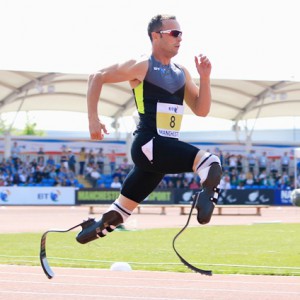
What we are really aiming at is the highest stage called integration of disability where people attain courage and maturity that comes only with the experience and presence of disability.
As mentioned before, rehabilitation is for everybody, it is a misinterpretation to think that rehabilitation is for the disabled person.
It is inappropriate to classify human beings into two categories based only upon physical criteria. Moreover, it is impossible to draw the line clearly between these two.
PS
We thank Dr. Rishee for a wonderful insight towards rehabilitation of disabled. with growing trends of manual therapy and other advanced techniques. Another important aspect of physiotherapy practice “REHABILITATION” and its a wonderful article to make a new insight for rehab professionals and general population. May this article be a beginning for the change that is needed to happen.
HEALING HANDS TEAM
